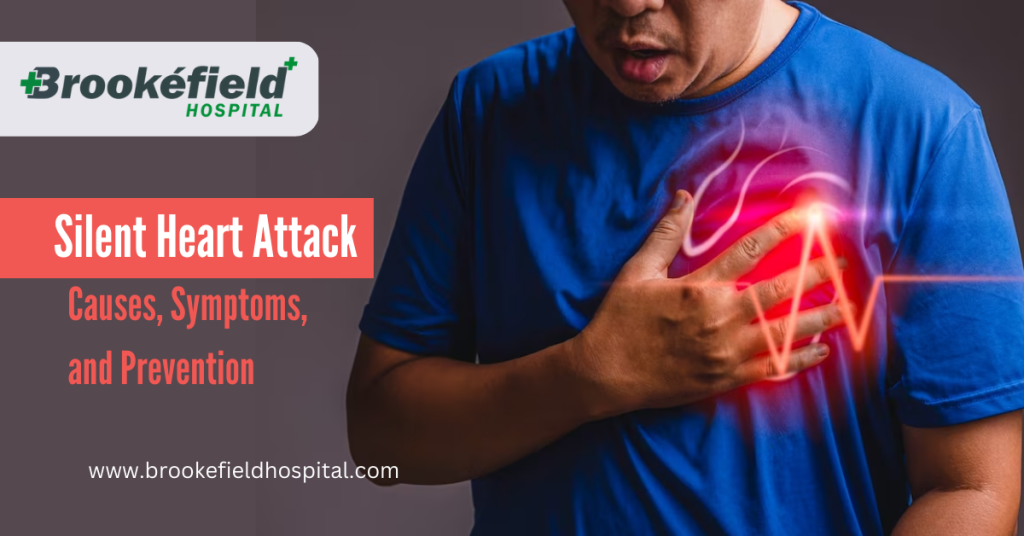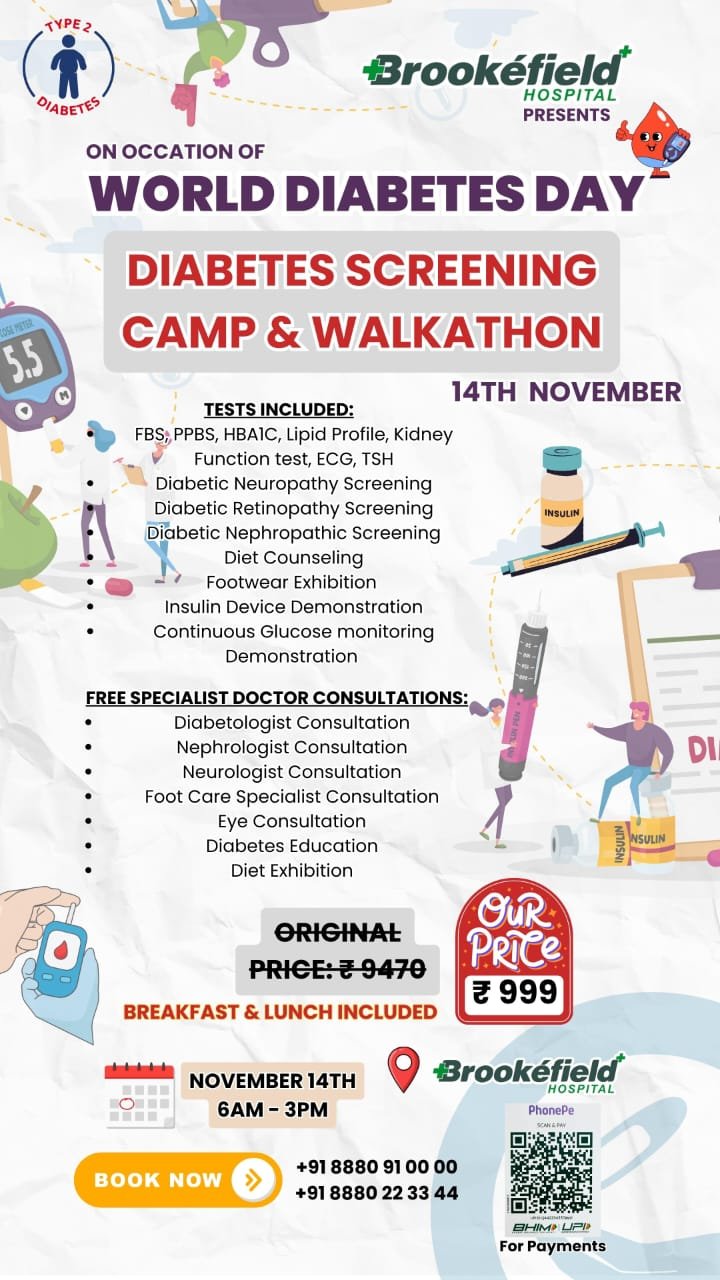Heart attacks can happen suddenly, causing chest pain and discomfort. However, some heart attacks occur without any noticeable symptoms and are known as silent heart attacks. These heart attacks can be just as dangerous as the more typical heart attacks, and it’s essential to recognize their signs and take necessary measures to prevent them. In this article, we’ll explore the causes, symptoms, and prevention methods of silent heart attacks.
What is a Silent Heart Attack?
A silent heart attack, also known as a silent myocardial infarction, occurs when there is a blood flow blockage in the heart that damages the heart muscle but does not produce any noticeable symptoms. A silent heart attack is called such because the patient may not even realize they have had one.
5 Main Causes
Silent heart attacks can have similar causes as typical heart attacks. Here are some common risk factors:
1. High Blood Pressure
High blood pressure can cause damage to the blood vessels that supply blood to the heart, leading to blockages that can cause a heart attack.
2. Diabetes
Diabetes can damage the blood vessels and nerves in the body, leading to an increased risk of a heart attack.
3. High Cholesterol
High levels of LDL cholesterol can lead to the formation of plaques in the arteries, which can lead to blockages and heart attacks.
4. Smoking
Smoking can damage the blood vessels and increase the risk of blood clots, leading to heart attacks.
5. Obesity
Obesity can cause inflammation and damage to the blood vessels, leading to blockages that can cause a heart attack.
Symptoms
Silent heart attacks may not produce any noticeable symptoms, but some people may experience:
-
Discomfort in the Chest
The chest discomfort may be a feeling of pressure, squeezing, fullness, or pain that lasts for several minutes or goes away and comes back.
-
Shortness of Breath
Shortness of breath may occur with or without chest discomfort.
-
Fatigue
Unusual fatigue may occur for several days leading up to a silent heart attack.
-
Indigestion or Heartburn
Indigestion or heartburn may be present and not improve with antacids.
-
Nausea or Vomiting
Nausea or vomiting may occur and may be mistaken for a stomach virus.
Diagnosis
A silent heart attack can be diagnosed with an electrocardiogram (ECG), blood tests, and other imaging tests.
Treatment
Treatment for a silent heart attack is similar to a typical heart attack, but since it may not be diagnosed until later, the damage to the heart muscle may have already occurred. Treatment options may include medications such as blood thinners, nitroglycerin, or beta-blockers, and lifestyle changes such as exercise and a healthy diet.
Why Choose Brookefield Hospital For Heart Attack Treatment?
Brookefield Hospital is a top choice for heart attack treatment for several reasons:
Experienced Cardiologists: The hospital has a team of experienced cardiologists who specialize in treating heart attacks. They are skilled in performing complex procedures and using the latest technologies to ensure the best possible outcomes for patients.
Advanced Technology: Brookefield Hospital is equipped with advanced technology and state-of-the-art facilities to diagnose and treat heart attacks. The hospital has a dedicated catheterization lab for performing angiograms and angioplasties, which are essential procedures for treating heart attacks.
Comprehensive Care: The hospital provides comprehensive care for heart attack patients, from emergency care to rehabilitation. The hospital has a dedicated cardiac rehabilitation program that helps patients recover and improve their overall heart health.
Patient-Centered Care: Brookefield Hospital is committed to providing patient-centered care. The hospital focuses on the needs and preferences of each patient, ensuring that they receive personalized care that is tailored to their individual needs.
Overall, Brookefield Hospital is an excellent choice for heart attack treatment due to its experienced team of cardiologists, advanced technology, comprehensive care, patient-centered approach, and convenient location.
Prevention
Preventing silent heart attacks involves making lifestyle changes that can help reduce the risk of heart disease. Here are some steps you can take:
- Regular Exercise
Regular exercise can help improve heart health, reduce blood pressure, and maintain a healthy weight.
- Healthy Diet
Eating a healthy diet rich in fruits, vegetables, whole grains, lean proteins, and low in saturated fats can help reduce the risk of heart disease.
- Manage Stress
Stress can increase blood pressure and heart rate, leading to an increased risk of heart disease. Managing stress through exercise, meditation, or therapy can help reduce the risk of heart disease.
- Quit Smoking
Smoking can damage blood vessels and increase the risk of heart disease. Quitting smoking can help reduce the risk of heart disease.
- Maintain a Healthy Weight
Maintaining a healthy weight can help reduce the risk of heart disease and other health conditions.
FAQs
1. What is the difference between a silent heart attack and a regular heart attack?
A silent heart attack does not produce noticeable symptoms, while a regular heart attack usually produces chest pain and discomfort.
2. Can a silent heart attack be fatal?
Yes, a silent heart attack can be just as dangerous as a regular heart attack and can lead to death.
3. Who is at risk for a silent heart attack?
Those who have risk factors for heart disease, such as high blood pressure, high cholesterol, diabetes, smoking, or obesity, are at increased risk for a silent heart attack.
4. How can I prevent a silent heart attack?
Making lifestyle changes such as regular exercise, a healthy diet, managing stress, quitting smoking, and maintaining a healthy weight can help reduce the risk of a silent heart attack.
5. Can a silent heart attack be diagnosed after it happens?
Yes, a silent heart attack can be diagnosed after it happens through an electrocardiogram (ECG), blood tests, and other imaging tests.




